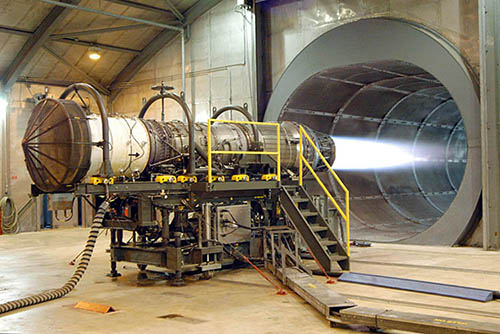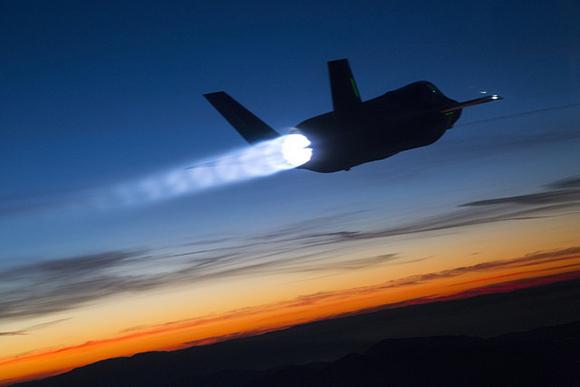Wars, especially in a geopolitical context like the current one, are not won and lost on the battlefield but well before. The technological superiority of one side over another can make the difference between an annihilated country and a glorious one.
Can a metal component almost unknown trigger a war and worse still decide its fate?
The answer is yes.
The need to deal with versatile and sophisticated threats has made the increasingly innovative use of materials, especially metals, capable of granting that fundamental technological superiority necessary.
Strategic metals, also known as technological metals, are almost unknown to non-experts, they have unpronounceable names and we rarely hear about their use.
Despite the anonymity in which they militate, they are one of the most influential resources currently in circulation.
But why should we worry about the lack of a rare and semi-unknown material?
The answer is because they are fundamental for the production of advanced technologies in the defense sector.
If technological superiority will tip the balance on the side of victory or defeat, the availability of strategic metals is the key to this superiority.
To better understand this delicate union between metallurgy and military interests we could better know the 75 element of the periodic table: the Rhenium.
This extremely rare technological metal has an annual production of around a few estimated tons, given that it makes us understand how rare and precious it is on the market.
The rhenium is a relatively recent metal, discovered in the 1925 by a couple of German scientists who for this honor the well-known German Rhine river forge this name.
Its use was initially limited because the potential was not understood, it was difficult to extract and given the low production it was also particularly expensive.
Over the years, with the advancement of the industrial processing of metals, the Rhenium has become more available but always remaining below a marginal threshold in world production.
While its availability on the market grew hand in hand, its use in increasingly sophisticated technologies grew.
In the civil economy this material is used in jet engines like those of the Boeing 777 and in the production of unleaded petrol.
The cutting edge, however, is reserved for the military component that uses it only in small rockets useful for repositioning the satellites in orbit and uses large quantities for the production of highly technological military aircraft. The jet engines of these aircraft contain, in the form of metal alloys, up to 6% of Rhenium, a huge amount considering the low availability.
The jet engines of these aircraft contain, in the form of metal alloys, up to 6% of Rhenium, a huge amount considering the low availability.
The bombers stealth and the well-known F-35 also make extensive use of them.
This metal is highly appreciated above all for its heat resistance, even when subjected to high temperatures it keeps its conductive properties and its strength intact.
Its use is renowned in the engines of supersonic jets or of reaction engines for military use.
In the micro world of technology the Renio finds a niche of popularity in friction welding, also called friction welding.
Apparently disconnected from military technology, this type of welding finds application in the aerospace field and in anti-bacterial media.
This type of welding has as its main characteristic the overheating by friction of the material to "weld", the Rhenium is useful because it maintains excellent ability to exert its force on another surface even if subjected to very high temperatures.
This welding made it possible to lighten the military joints and to make them more stable to temperature changes, without considering that the "welding" remains sharper and more precise.
Last of the fields in which this strategic material is used is that of superconductors, a resource under development in military technology.
Rhenium is just one of the cases we can talk about, strategic metals have a very wide use and a poor production.
They are derived from the under-processing of common metals and are almost always available only in some countries.
Precisely the scarce availability of these metals risks becoming casus belli and it is a source of great concern for strategic hubs such as Eastern countries, America and eastern countries.
The United States at present, in order to avoid that deliberately or randomly, there is no longer supply of strategic metals from the production areas, has created several storage sites for "difficult times".
The Pentagon has estimated that in the coming decades the use of military technologies containing technological metals will be doubled and given the winds of war we cannot hardly believe that they will be widely used.
Just as the United States considers these materials an essential component, it is important to emphasize that other emerging countries are also thirsty.
China and Japan, growing economies especially in the industrial and technological sectors, are experimenting with new superconductors with military applications that for the moment are little more than science fiction.
It is entirely credible that the applications of strategic metals will be increasingly sophisticated and will make the geopolitical needle shake in favor of countries with the largest deposits.
Does global stability and security depend on a spur of little more than unknown materials?
We think so.
(photo: Lockheed Martin / US Air Force)












